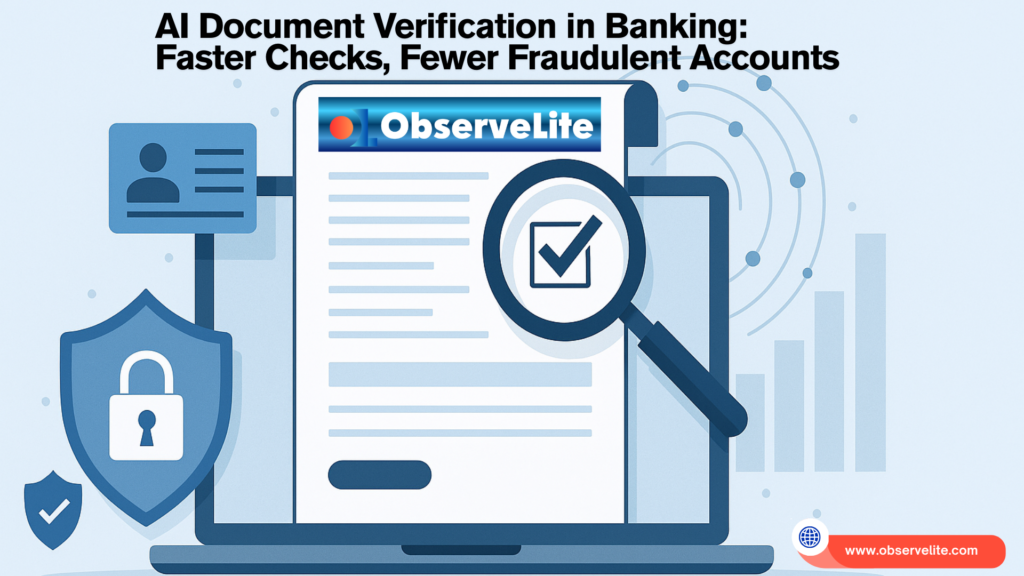Banks handle thousands of documents every day — from identity proofs to income statements and loan applications. The accuracy and speed of verifying these documents directly affect customer onboarding, fraud prevention, and regulatory compliance. Manual methods, however, are slow, error-prone, and unable to keep up with the rising scale of fraud.
This is where AI document verification in banking makes a critical difference. By automating verification, detecting anomalies in real time, and building audit-ready trails, banks can speed up operations, reduce fraud, and earn customer trust.
Why Do Banks Need AI Document Verification in 2025?
Banking is under more pressure than ever before. Fraudsters use advanced tools to forge documents, while customers expect instant onboarding. Regulators, meanwhile, demand strict compliance with KYC and AML standards.
In 2025, banks face three main reasons to adopt AI-driven verification:
- Fraud prevention at scale — stopping synthetic identities, forged IDs, and tampered documents.
- Speed in onboarding — reducing drop-offs caused by slow manual checks.
- Regulatory alignment — automating compliance workflows to avoid penalties.
The “why now” is clear: without automation, banks risk falling behind in both customer service and fraud defense.
How Does AI Improve Speed and Accuracy in Banking Document Verification?
Traditional verification can take hours or days. AI systems, however, can analyze and validate documents in seconds.
- Speed: AI extracts and processes data instantly, allowing same-day approvals for accounts or loans.
- Accuracy: Automated parsing and cross-validation reduce errors caused by human fatigue.
- Scalability: Thousands of documents can be processed simultaneously without adding staff.
For customers, this means faster approvals and smoother digital banking experiences. For banks, it means efficiency without compromising on security.
What AI Technologies Are Most Effective for Fraud Prevention in Banking?
Fraud prevention depends on detecting anomalies early. AI enables banks to catch subtle signs of manipulation that manual teams often miss.
Key technologies include:
- Optical Character Recognition (OCR): Converts physical documents into readable text.
- Pattern recognition: Spots unusual fonts, signatures, or altered metadata.
- Cross-validation engines: Compare customer data with trusted external sources.
- Machine learning models: Learn from past fraud attempts to detect new threats.
With these layers of defense, banks can block fraudulent accounts before they become a liability.
How Does AI Automation Impact Regulatory Compliance for Banks?
Compliance failures can be costly, both in fines and reputational damage. AI-powered systems help banks align with regulations through:
- Automated audit trails: Every verification step is recorded for regulator reviews.
- Real-time alerts: Suspicious activity is flagged immediately for investigation.
- Consistency: Rules are applied uniformly across branches and regions.
By reducing compliance risks, banks can focus on growth instead of fear of penalties.
What Are the Common Challenges Banks Face Using AI for Document Checks?
While the benefits are strong, implementation isn’t without hurdles:
- Legacy system integration: Many banks still run on outdated software.
- Data quality issues: Low-quality scans or incomplete documents affect accuracy.
- Customer perception: Some customers worry about data privacy in automation.
- Manual overrides: Complex cases still need human oversight.
A phased rollout, combined with clear communication about privacy and security, helps overcome these challenges.
How Will AI-Driven Document Verification Shape Future Banking Onboarding?
Banking onboarding is shifting from days to minutes. AI enables real-time KYC checks, income validation, and fraud detection during the application process itself.
For example, when a customer applies for a credit card online, the system instantly validates ID documents, cross-checks proof of address, and runs fraud risk scoring — often completing the process before the customer finishes filling out the form.
The result? Faster approvals, reduced fraud, and higher trust. Banks that adopt these systems not only meet expectations but also stand out from competitors.
Frequently Asked Questions
Q1. What is AI document verification in banking?
It is the use of AI tools to automatically check, validate, and analyze documents like IDs, income proofs, and utility bills to prevent fraud and speed up approvals.
Q2. Is AI-based verification secure and privacy-centric?
Yes. Leading platforms use encryption, anonymization, and compliance frameworks to ensure sensitive customer data is protected.
Q3. What kind of documents can AI verify for banks?
Passports, driver’s licenses, utility bills, tax returns, and even handwritten forms can be processed automatically.
Q4. How does AI detect fraud in documents?
AI identifies altered metadata, mismatched fonts, tampered photos, and inconsistencies by comparing with trusted databases.
Q5. Can AI document verification be trusted in regulated industries?
Absolutely. Banks, insurance firms, and fintech companies already rely on it to meet KYC and AML requirements.
Conclusion
The path forward for banking is built on trust, speed, and compliance. AI document verification in banking delivers on all three fronts: reducing fraud, improving customer onboarding, and simplifying regulatory checks.
By adopting these solutions now, banks can cut risks, save costs, and offer customers the fast, seamless service they expect. More importantly, it positions them as leaders in a financial world where security and trust are non-negotiable.


